Why the Top 5 Medal-Producing Countries Dominate the Summer Olympics
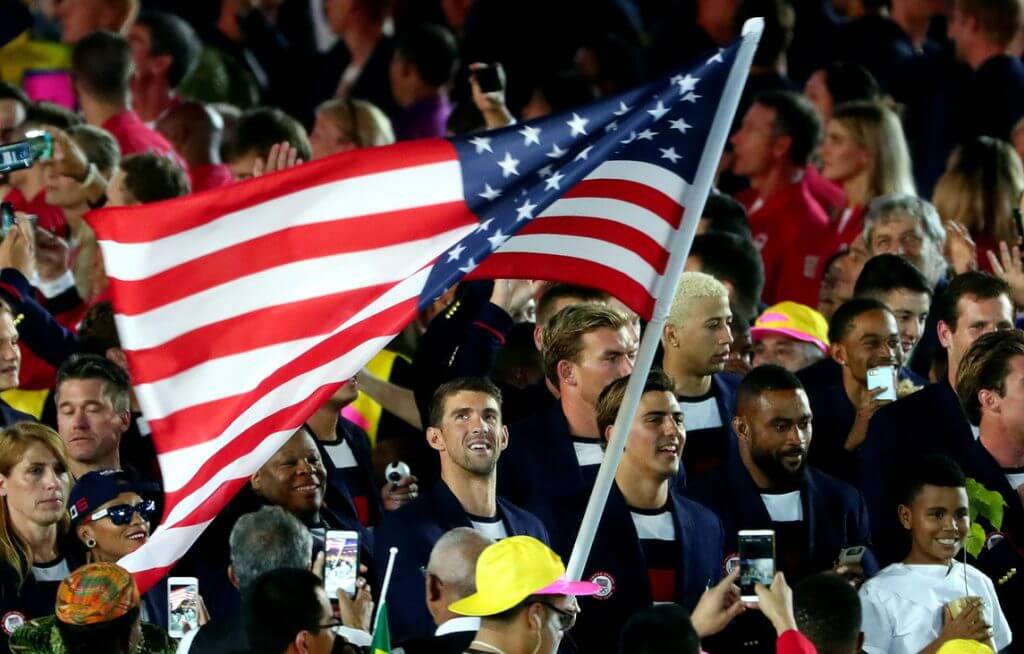
By Giulia Filocca, Swimming World Magazine Intern.
Only a handful of nations have proven truly invincible in the pool. These teams can be classified as undisputed powerhouses, gravitating towards the top of the podium since the first modern Olympic Games held in Athens in 1896.
How does one account for such stellar national and international performances? Is Olympic dominance born of financial commitments or of a deeply-rooted cultural affinity for the sport? Here is a definitive guide to why the top five medal-producing countries dominate the Summer Olympics.
5. Hungary
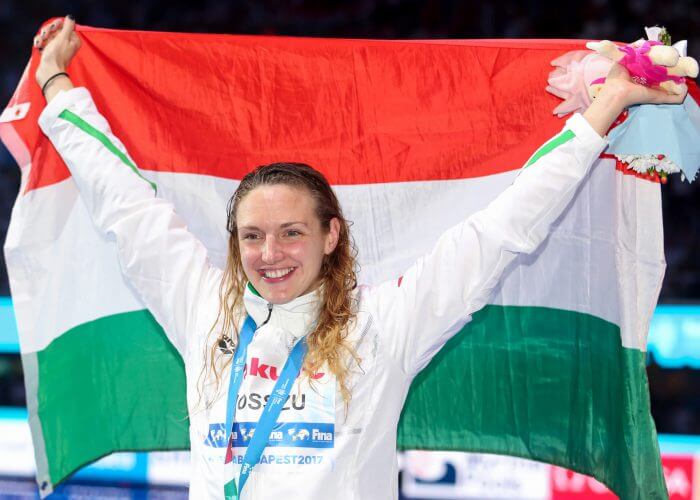
Photo Courtesy: SIPA USA
Youth Talent Programs
On a per capita basis, Hungary trails just behind Australia with the second highest medals-to-population ratio in the world. The historical basis of this dominance is rooted in ideology, with the communist party playing a pivotal role in the popularization of sport throughout the 1980s.
In recent times, however, the Hungarian Swimming Association’s “Talent Selection System” has constituted a formidable path to Olympic success. This program monitors swimmers from an early age, classifying individuals into six distinct age categories based on times achieved at national championships.
It has paid particular attention to the development of 11-12 year olds, instituting a “Champions of the Future” program that offers intensive training across nine regions. Despite Katinka Hosszu’s recent clash with the Hungarian Swimming Association, which saw her complain about “inadequate facilities” and “outmoded training methods,” the federation still merits praise for its investment in future generations.
4. Japan
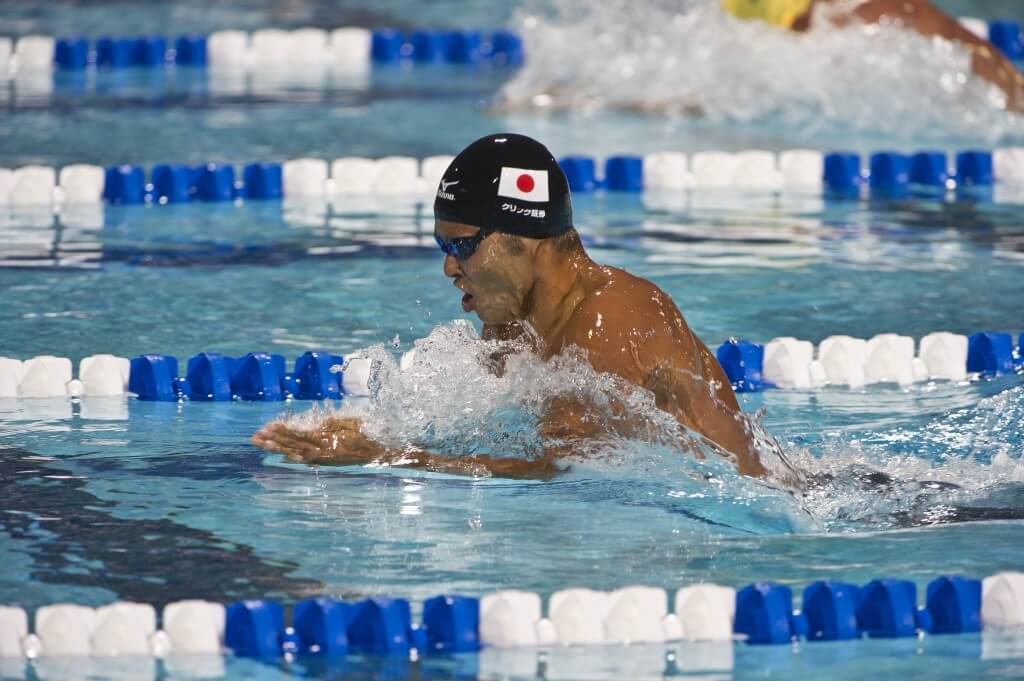
Photo Courtesy: Peter H.Bick
Technique
Japan’s unrelenting pursuit of perfectionism pervades all walks of life. Whether it be in cuisine, manufacturing or sport, Japan will always be hailed for its unrivaled precision and efficiency. This custom manifests itself most prominently in the pool, with individuals such as Ryosuke Irie, Kosuke Kitajima, and Kosuke Hagino envied for their immaculate technique.
In fact, Irie was once credited for having the most “graceful” and “effective” backstroke in the world, with one observer describing him as the “Rolls-Royce of swimming.” Not the tallest of swimmers, Kitajima has also defied convention by relying on skill over stature.
“He’s blessed with extraordinary technique,” comments Japanese Team Manager Shigeo Ogata, who draws attention to his powerful glide, ankle snap, and rogue dolphin kick. With a cumulative total of 80 Olympic medals, the Japanese have proven that it is not physique, but flawless form, that remains the principal determinant of swimming success.
3. Australia
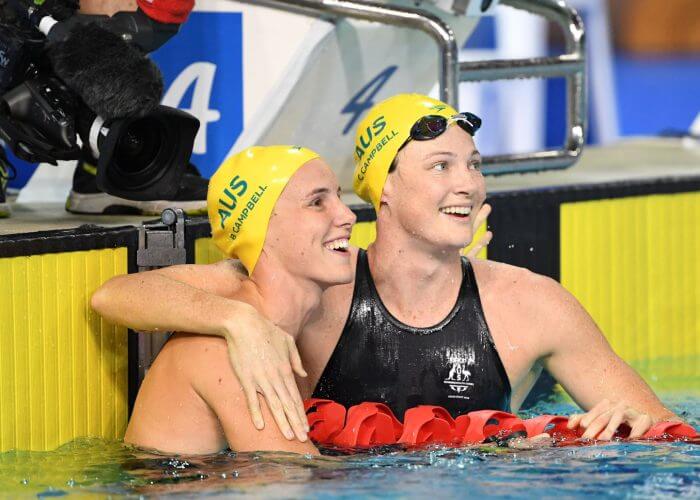
Photo Courtesy: Delly Carr/Swimming Australia Ltd.
Geography
No population inherits as much zeal for swimming as the Australian public. For many, the sport holds an unusually prominent place in national identity, an “important cultural practice” that has bred the likes of Ian Thorpe and Grant Hackett.
The country’s water craze is also reflected in public policy, with 100% of Australian kids taught to swim as part of state law. This is primarily a product of the nation’s favorable geography, with 85% of the population residing in close proximity to the coastline.
Adding to this is Australia’s ideal climate, which supports mild temperatures of 60 to 80 degrees Fahrenheit on an annual basis. As one mid-nineteenth century observer so lucidly points out, “Where there is so much bathing it may naturally be supposed there are good swimmers.”
2. Germany
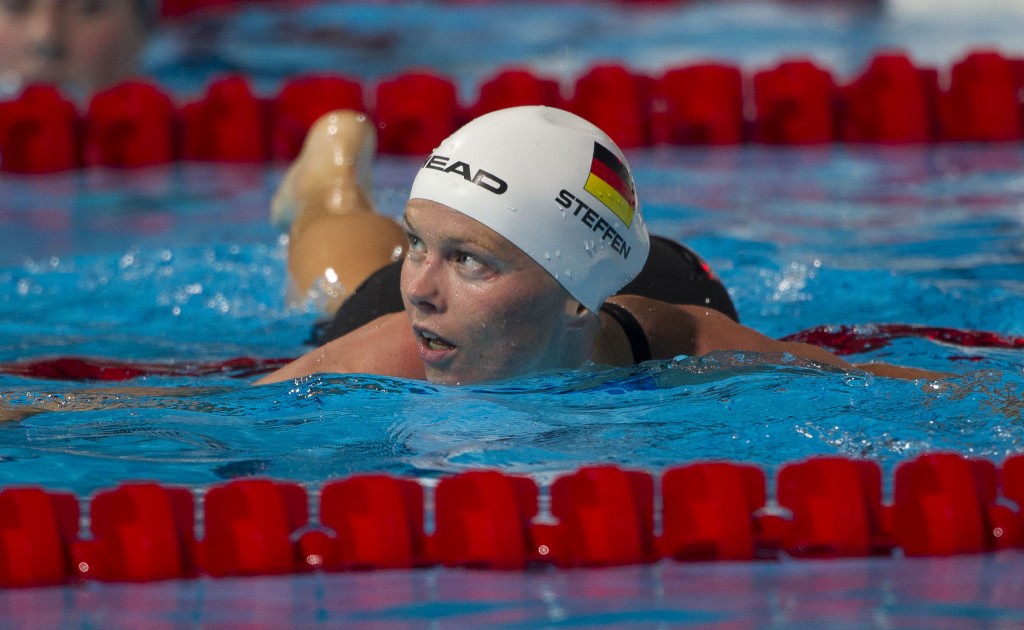
Photo Courtesy: Joao Marc Bosch
Politics
During the Cold War, the communist East German government hailed sport as a “nation-building” tool: a force for patriotism, unification and international prestige. As such, billions of Deutsche Marks were channeled towards the inauguration of grand athletic facilities and elite training centers. Historian James Riordan adds that no nation exhibited as much reverence for “Olympism” as the East Germans, a life philosophy that exalted ardor and uncompromising sporting excellence.
It was not until the mid-1980s, however, that the reputation of East German swimmers was tarnished by a disclosed state-orchestrated doping ploy. According to one account, former Olympic backstroke champion Rica Reinisch was instructed to swallow peculiar blue pills at just 14 years old. She was forced into retirement a mere two years later after suffering from “inflamed ovaries” and “severe abdominal pain.”
In recent times, however, stellar performers such as Paul Biedermann and Britta Steffen have salvaged the sport through their profound social influence and media coverage. The nation may not be the threat that it once was, but it still holds a prominent place in the world of Olympic swimming.
1. United States
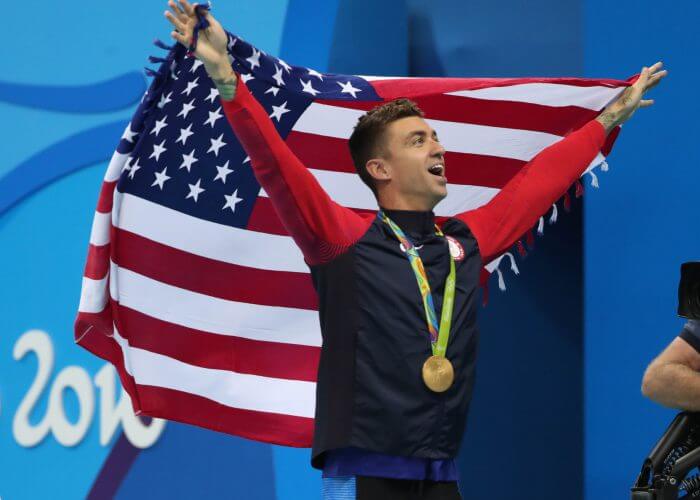
Photo Courtesy: Rob Schumacher-USA TODAY Sports
Team-First Mentality
Since its Olympic debut in 1896, the United States has continuously tightened its stranglehold on competitive swimming. It tops the charts for most podium finishes by a single entity, capturing one third of all swimming medals ever distributed at the Olympic Games.
Michael Phelps himself boasts more gold than the island of Japan, bagging a total of 23 over the span of 16 years. USA National Team Managing Director Lindsay Mintenko attributes this to the nation’s indomitable team spirit – a “unique sporting ethos” that emphasizes collective unity over individual glory. “We make sure that everyone is pulling in the same direction,” she writes, prompting swimmers to focus on the “bigger picture” over individual results.
America’s team-first philosophy manifests itself at all life stages – summer leagues introduce it; the collegiate system reinforces it; the Olympic Games cement it. A platform to professional career paths, the NCAA is often hailed for breeding such unique talent.
After all, Caeleb Dressel, Simone Manuel and Ryan Murphy were all products of the four-year collegiate system. Mintenko adds that the NCAA equips student-athletes with vital life skills, including a well-honed sense of team camaraderie and mental fortitude. These constitute the key ingredients to sporting success, never to be dismissed or downplayed in the pursuit of excellence.
The Unstoppable Strength of Team USA
Sporting triumph across Germany, Australia, Hungary, Japan, and Great Britain pales in comparison to the United States. This should not discount the sheer size, diversity, and wealth of the nation, which inevitably places it at a competitive advantage. However, for the behemoth that is Team USA, a spirited team mentality remains the galvanizing force behind its dominance. Its psychological stronghold deserves as much credit as the lion’s share of funding at its disposal.
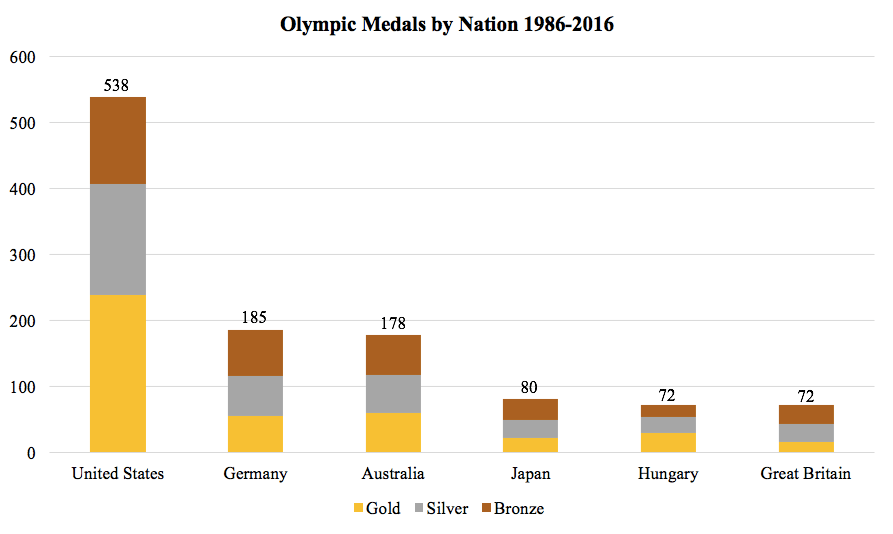
Photo Courtesy: Giulia Filocca
All commentaries are the opinion of the author and do not necessarily reflect the views of Swimming World Magazine nor its staff.




Why not the USSR/Russia? They haven’t cheated as much as the East Germans or Chi-Coms.
A chart of Olympic Medals by Nation 1986 – 2016? What about 1896 – 1985?
Helpful tips, really appreciate it! https://danieldantas.mystrikingly.com/